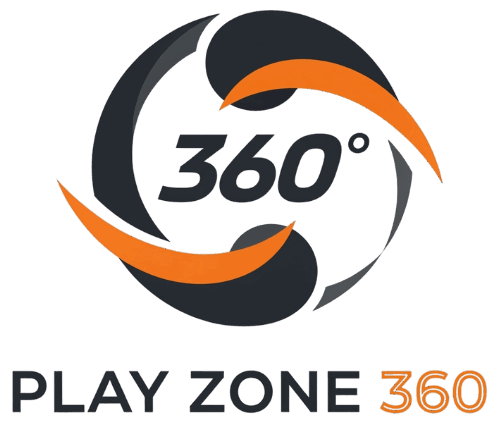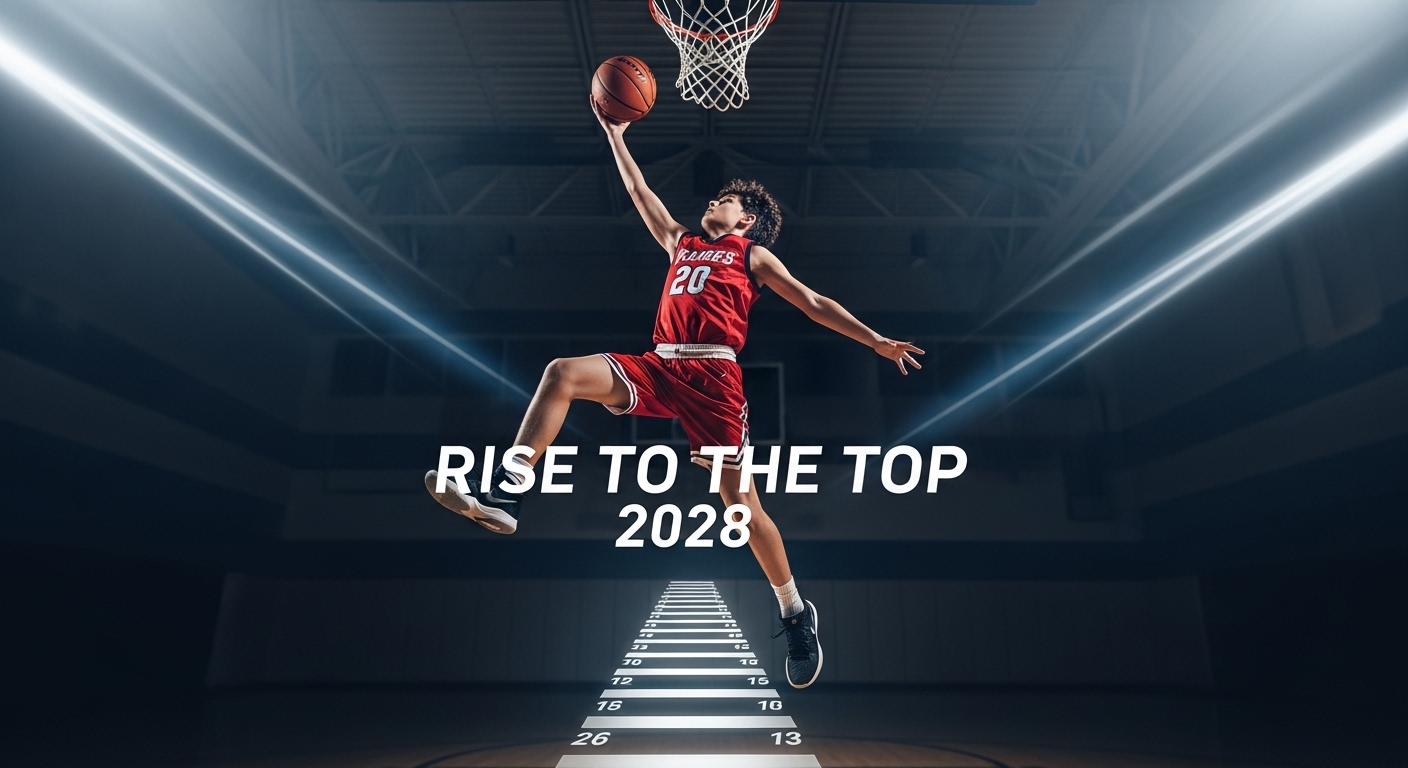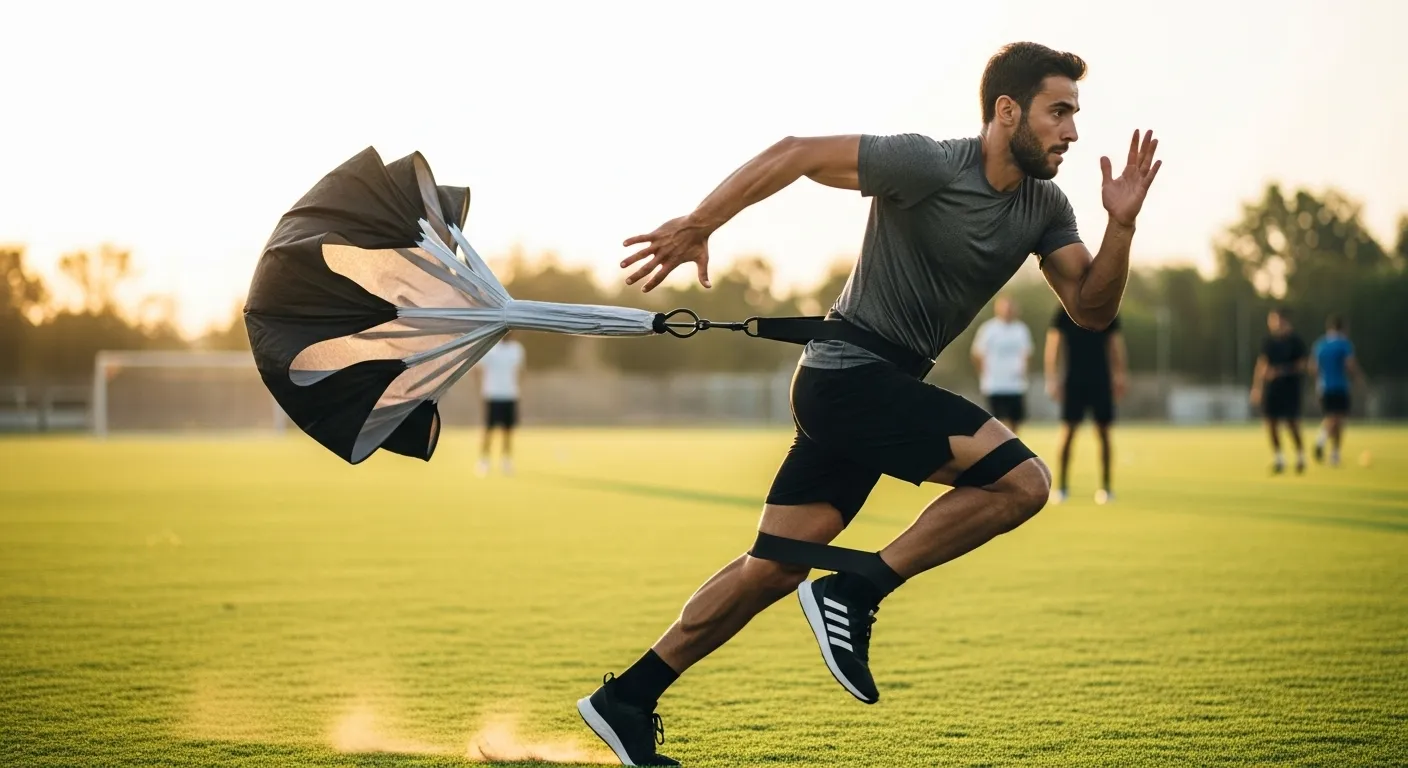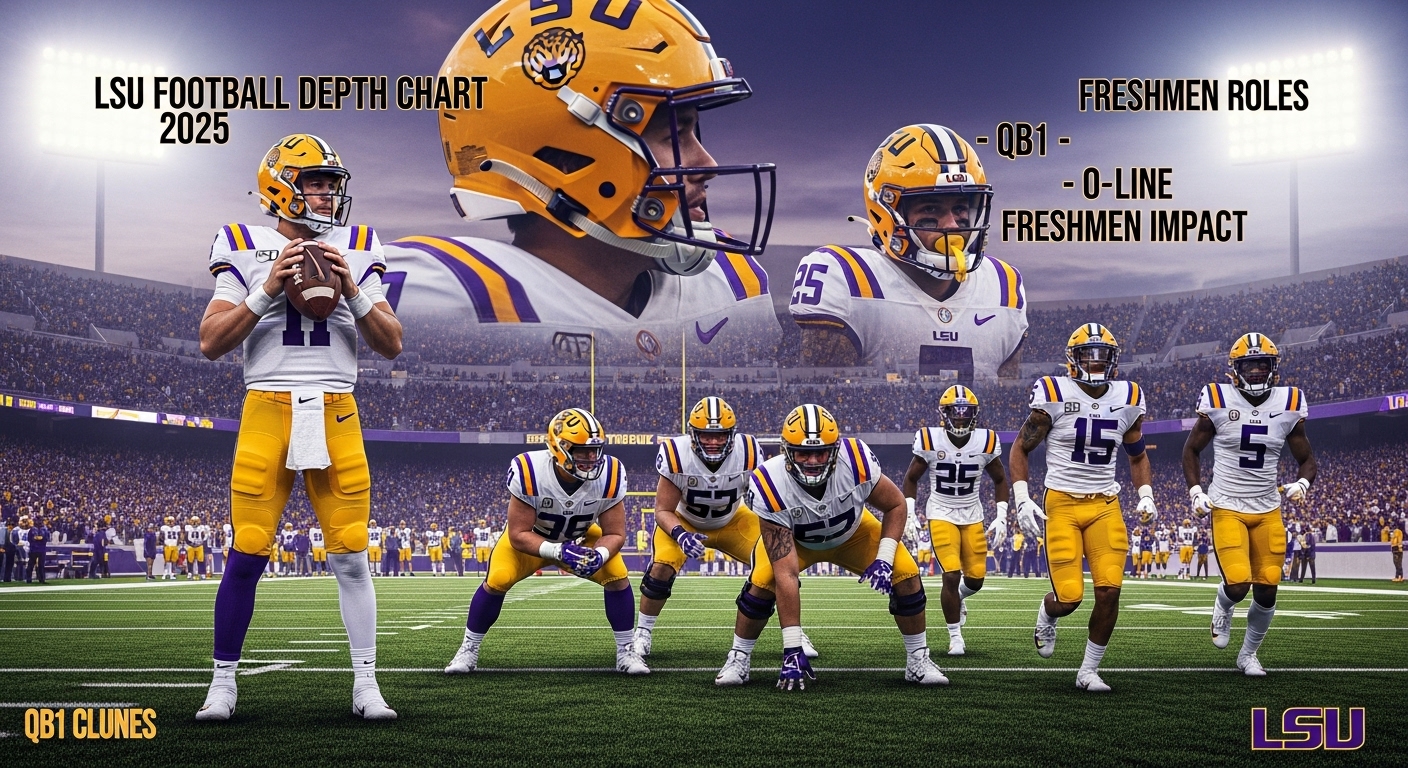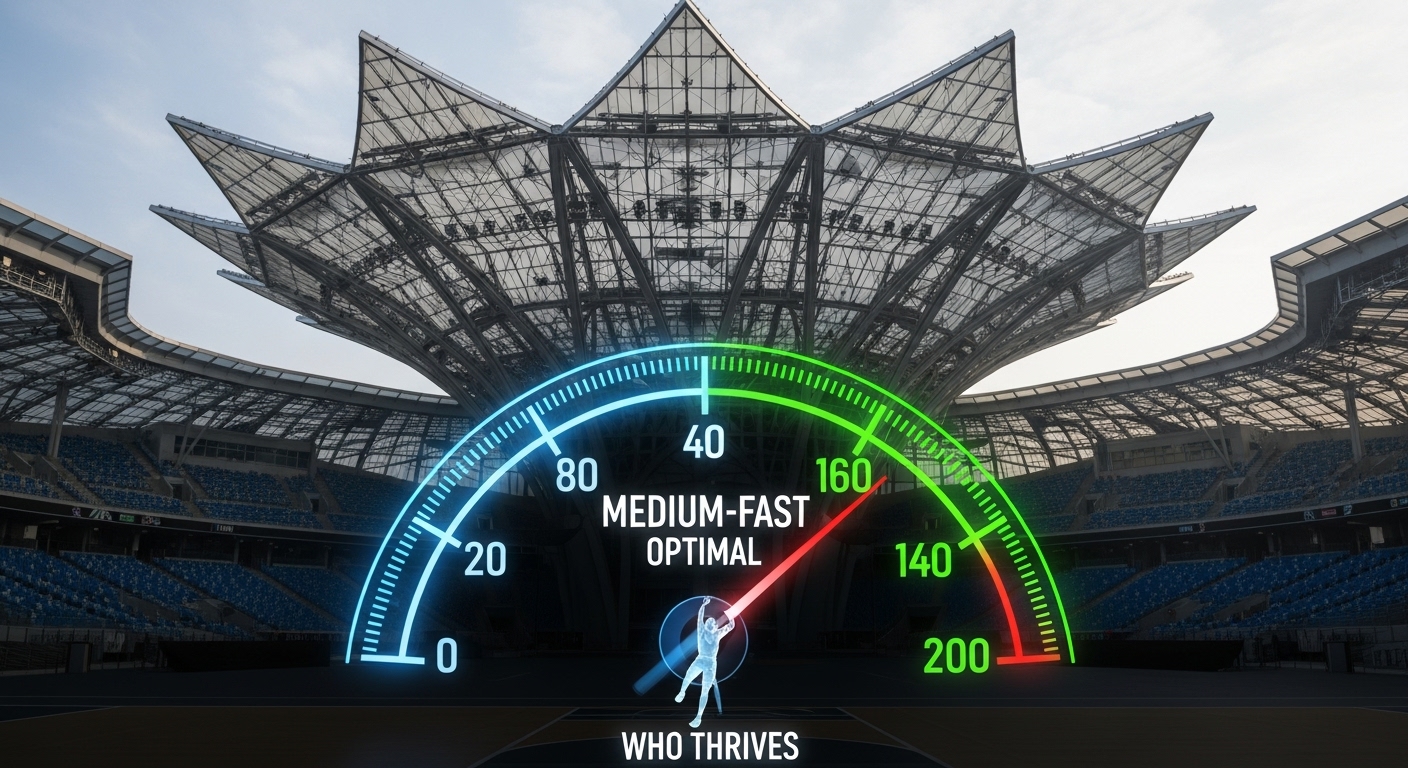As a scout-turned-blogger who’s logged 200+ youth and high school games a year for a decade, here’s the straight talk: the class of 2028 basketball rankings are early, noisy, and still useful if you know what to look for. I watch a ton of AAU, middle school showcases, and “future phenom” camps.
In my experience, the kids who pop are the ones with repeatable skills: shooting, decision-making, feet. Not height alone. Not hype. Keywords for the skimmers: 2028 recruits, high school hoops, AAU circuits, five-star labels, top point guards, rising wings, modern bigs. Yeah, I said it all.
Quick take: What matters right now
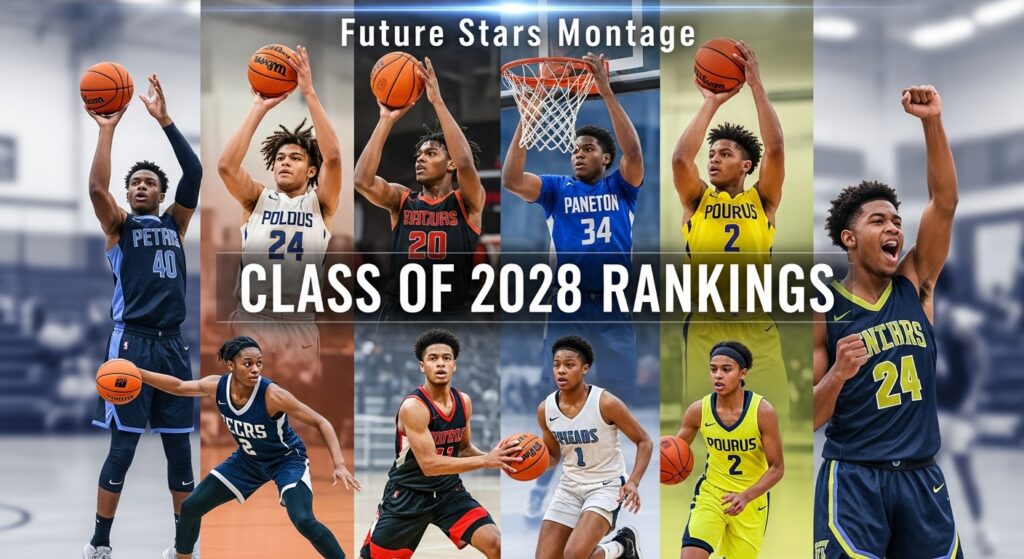
- Shooting that scales up: Not one hot game. A track record. Feet set, quick release, real range.
- Processing speed: How fast you read a tag, hit the skip, or reject the screen. This travels.
- Functional athleticism: First step, balance through contact, and deceleration. Not just verticals.
- Defensive motor: Closeouts, weak-side stunts, communication. The boring stuff that wins.
- Growth arc: Are you adding something every season? Handle, reads, strength? I care about trend lines.
And yeah, I go back to film a lot. When I want to revisit a weekend or compare two guards who looked similar live, I’ll dig through recent match highlights and slow the tape down to the footwork.
How I build my board (and how every evaluator pretends they do)
People act like there’s a secret formula. There isn’t. But here’s the transparent version of mine. I track for months and update in small nudges. No one jumps 50 spots off one hot Sunday unless they discovered fire.
My scoring buckets (loose weights)
- Skill creation and shooting: 35%
- Feel for the game (reads, spacing, timing): 25%
- Physical tools and projection: 20%
- Defense (on-ball, team concepts, toughness): 15%
- Context (competition level, role, reliability): 5%
I also watch bigger patterns. Which skills the game is valuing more this season. What coaches are recruiting hard. I dump those notes under my running file of sports trends so I remember why I moved a prospect up or down.
Guards, wings, bigs: what actually pops
Point guards
- Two-dribble creation into a clean pull-up at the elbow or slot three.
- Live-dribble skips. If you can hit weak-side corners on time, hello rotation minutes.
- Screen craft. Snaking, rejecting, pocket lobs only when the tag is late—not because it looks cool.
Wings
- Catch-and-shoot with early prep and balance. Corner to wing transfers.
- Straight-line drives that end with a read, not a prayer.
- Switchable defense. Can you guard 2–4 and not melt?
Bigs
- Short-roll decisions. One dribble, one read. Floaters, hit the corner, or swing.
- Defensive schemes. Can you play at the level, drop, and not foul out emotionally?
- Hands. If you can’t catch in traffic, I can’t rank you high. Harsh? Maybe. True? Yes.
If you want the 30,000-foot view on how college staffs think about this, read up on college basketball recruiting. It’s not mystical; it’s roster math plus skill demand.
I like stories, too. Because players aren’t checklists. I drop notes when I see an under-the-radar guard outplay “names” or a lanky forward figure out his base. Those go into my stack of athlete spotlights so I don’t forget the context later.
The trap of early hype (and why I still rank anyway)
Here’s the cynical part. Early hype is sticky. Once a kid is labeled, people repeat it forever. But the body changes, roles change, coaching changes. The “can’t-miss” sixth grader sometimes… misses. And the quiet worker? He shows up in March and wrecks your bracket at a spring circuit. That’s why I keep movement slow and steady, and I pay attention to who’s actually improving across the AAU grind. The AAU calendar is messy, but it reveals habits.
Cross-sport signals help, too. I pay attention when a kid plays football or runs track because it tells me something about their movement and toughness. That sort of context sits nicely next to my feed of multi-sport news.
Sample board snapshot (not names, just archetypes)
I won’t list minors here. But this is what a mid-season sheet can look like for me. Don’t overthink the numbers; think roles.
- 1) Lead guard — 6’2 — Pull-up three, advanced PnR reads, plus on-ball defense.
- 2) Wing scorer — 6’6 — Elite catch-and-shoot, secondary creation, rebounds in traffic.
- 3) Big — 6’10 — Short-roll passer, rim deterrence, improving touch to 15 feet.
- 4) Combo guard — 6’3 — First-step blowby, live-dribble skips, needs strength.
- 5) Connector wing — 6’7 — Screens, slips, corner threes, guards 2–4 without fouling.
- 6) Stretch big — 6’9 — Pick-and-pop gravity, team defense solid, glass effort swings.
- 7) Slasher wing — 6’5 — Free throws by volume, transition terror, jumper streaky.
- 8) Guard pest — 6’1 — 94-feet pressure, pace control, two-level scoring.
People ask me where the class of 2028 basketball rankings stand today, and my answer is always the same: I care less about exact numbers right now than whether your game works against bigger, faster, older. If it does, you’re on my board.
Where schedules and fit collide
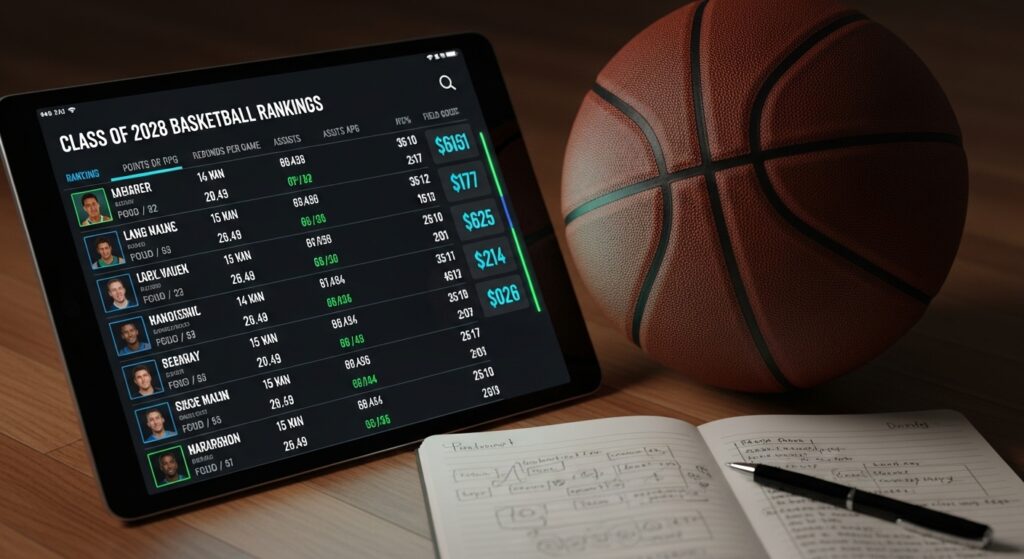
I’ve always found that context matters more than folks admit. Take scheduling. You can look great playing weak teams and then vanish against real length. I talk about that a ton during the college grind—like how the Penn State basketball schedule turns into a tire fire in late January when legs get heavy and spacing shrinks. Same principle for young prospects: play up, take lumps, learn.
How to get noticed without losing your mind
- Film the right stuff. Full games beat mixtapes. Show makes and misses. Evaluators want the truth.
- Build two to three go-to actions. A pet move is cute. A pet sequence wins—think DHO into re-screen into short roll.
- Pick one elite habit on defense. Closeouts, screen nav, or help timing. Master one, then add.
- Play up sometimes. Not always. You need reps where you touch the ball a lot, too.
- Strength and footwork > fancy bags. Your base is your jumper’s best friend.
I also revisit weekends through curated match highlights because short clips can still reveal pace, shot selection, and body language. And yes, I do freeze-frame closeouts like a nerd.
Scouting “table” you can actually use this season
- What to watch: Corner 3s. Why: Easiest NBA shot. Look for prep, balance, and arc.
- What to watch: Ball screens. Why: Every level runs them. Can you make two reads, not one?
- What to watch: Transition. Why: Free points. Do you sprint wide and make the extra pass?
- What to watch: Defensive stance. Why: Tells conditioning and buy-in. Watch second effort.
- What to watch: Free throws. Why: Touch indicator. 75%+ is my green flag for growth.
Media, clips, and the myth of the “can’t miss”
I get it—rankings get clicks. They’re fun. But I treat them like weather reports: helpful, often wrong, and worth checking again tomorrow. When I post a mid-season update, I stack it next to trend notes here: sports trends. Keeps me honest about what the game is valuing.
The five-star label? It’s shorthand, not scripture. If you want the textbook version of what that actually means, here’s the clean explainer on a five-star recruit. I’ve seen “three-stars” outplay “fives” in July when the gym is 95 degrees and no one wants to slide their feet.
And when a kid breaks out from nowhere, I try to write about the “how,” not just the “wow.” You’ll see these long-form pieces pop up in my stack of athlete spotlights because stories beat stats when the prospects are still growing.
Calendar hacks for families and coaches
- Pick two peak windows to showcase. Don’t chase every event. Keep legs fresh.
- Track sleep and shots like homework. Simple logs work. Consistency beats cram sessions.
- Film breakdown night each week. 30 minutes. No phones, no excuses.
- One feedback loop per month from a coach who will tell the truth. Yes, it will sting.
If I had to compress my view right now, here it is: the class of 2028 basketball rankings will tilt toward guards who can shoot and pass, wings who defend and space, and bigs who process the short roll. If that sounds boring, good. Boring wins.
Not to be That Guy, but you’ll also see me cross-check how kids handle tough stretches, just like I watch college teams grind through stretches like the Penn State basketball schedule. Hard games reveal real games.
Mini FAQs I keep getting
- How early is “too early” to care about rankings?
Care a little, train a lot. Use them for feedback, not identity. - My kid’s a late bloomer. Does that hurt?
Not if the skill base is growing. Coaches love late risers with real shots and real defense. - We’re not on a big AAU team. Are we cooked?
No. Hit two good events, share full games, and get one coach to vouch with specifics. - Do mixtapes help?
Full games help more. Clips are dessert. Film is dinner. - What position should we list?
Lead with role: shooter, connector, rim threat. Positions are fuzzy; roles win minutes.
Anyway, that’s where my head is today. Ask me again after the next showcase and I’ll probably move three kids a smidge and pretend I didn’t.

I’m Oliver Scott, and I live to bring every sports moment to life. Get breaking multi-sport news, in-depth match highlights, fantasy tips, athlete spotlights, and the latest trends right here.
